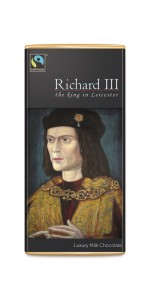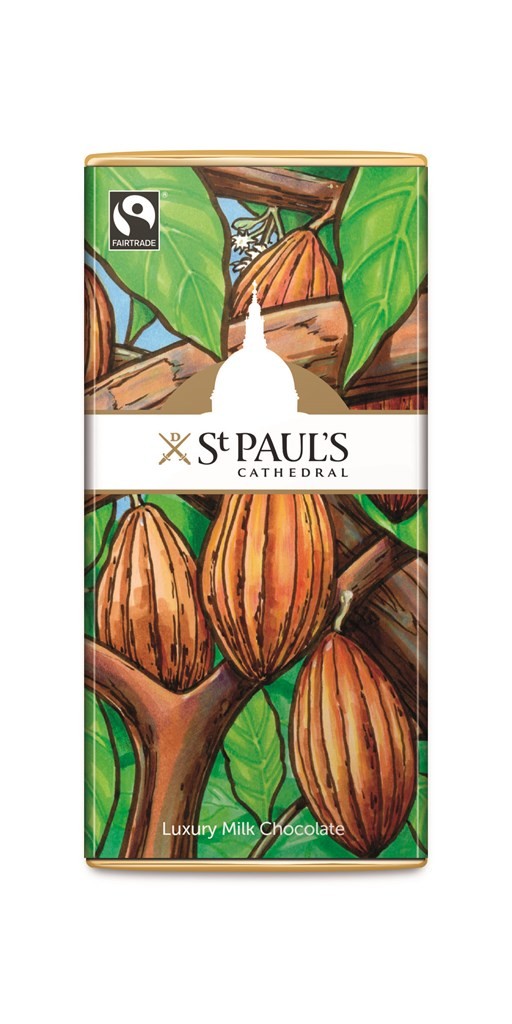The Meaningful Chocolate Company is a UK perveyor of fair trade chocolate. The Wikipedia article on Fair Trade defines it as this;
Fair trade is a social movement whose stated goal is to help producers in developing countries achieve better trading conditions and to promote sustainability. Members of the movement advocate the payment of higher prices to exporters, as well as improved social and environmental standards. The movement focuses in particular on commodities, or products which are typically exported from developing countries to developed countries, but also consumed in domestic markets (e.g. Brazil, India and Bangladesh) most notably handicrafts, coffee, cocoa, wine, fresh fruit, chocolate, flowers and gold…
 After a survey of major tourist attractions in the UK, such as the British Museum and the Chester Zoo, Meaningful Chocolate found that none of the major sites carried fair trade chocolate. When Meaningful Chocolate approached these attractions to offer a remedy to that finding, it was rebuffed or ignored. So the company decided to take a smaller scale approach to the issue. It began contacting English cathedrals and smaller museums around the UK. The first cathedral to switch to fair trade chocolate bars was Leicester. The remains of King Richard III were recently reintered at the cathedral and his image is featured on the Liecester Cathedral’s chocolate bar.
After a survey of major tourist attractions in the UK, such as the British Museum and the Chester Zoo, Meaningful Chocolate found that none of the major sites carried fair trade chocolate. When Meaningful Chocolate approached these attractions to offer a remedy to that finding, it was rebuffed or ignored. So the company decided to take a smaller scale approach to the issue. It began contacting English cathedrals and smaller museums around the UK. The first cathedral to switch to fair trade chocolate bars was Leicester. The remains of King Richard III were recently reintered at the cathedral and his image is featured on the Liecester Cathedral’s chocolate bar.
To date these cathedrals now carry the Meaningful Chocolate fair trade bars; Liverpool, Peterborough, Salisbury, Lichfield, Exeter, Oxford, Canterbury, and St Paul’s in London. Other tourist venues that now carry the choclate bars are; Lincoln Castle, Castell Henllys, Kings College – Cambridge, the Welsh Oriel Gallery and the Scottish Parliament.
In addition to providing individualized chocolate bars to tourist attractions, the Meaningful Chocolate Co also offers a fair trade chocolate Advent calendar and a fair trade chocolate Easter Egg in the UK.
The story was first covered by The Church Times. The images are from the same article.

